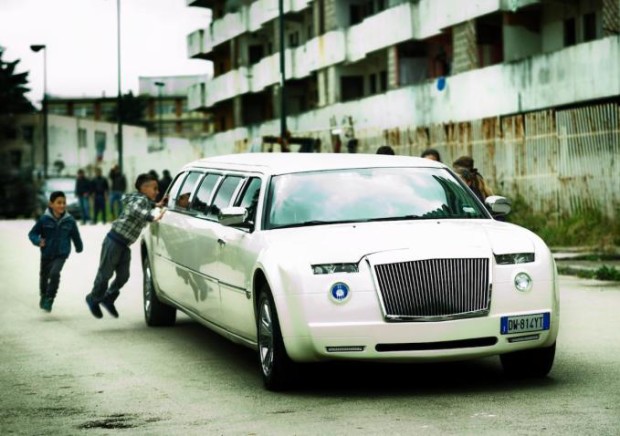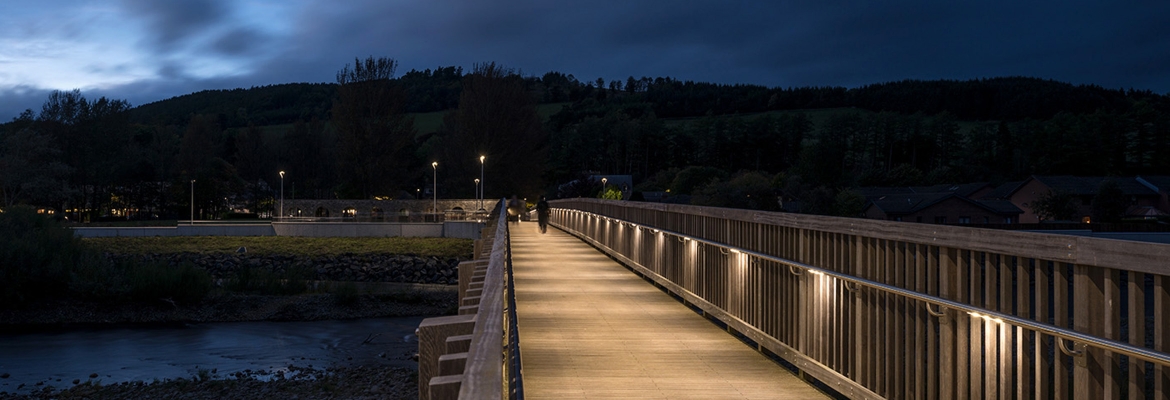You have no items in your cart. Want to get some nice things?
Go shopping
Critically acclaimed in the UK and incredibly successful in Italy, Gomorrah the TV series tells the story of a clan war between the Savastano family and the Conte family. Both families are part of the ‘Camorra’, one of the most powerful organised crime groups in Italy, which originated in the southern Italian region of Campania – my region, my home. Praised by many for its authenticity, since Italy’s answer to The Wire aired, the series has equally come in for some criticism, and for good reason.
Although the characters and episodes represented officially as fictional, Gomorrah‘s narrative clearly refers to real (and painful) recent Italian history – from the feud of Scampia to the massacre of Castelvolturno, these are events still fresh in the mind. But instead of balance or indeed nuance, the series too often chooses to trivialise and repackage the real-life horrors, opting for cheap thrills. Stuffed with guns, over-the-top explosions and gruesome murder, the series follows the struggle of the boss Pietro Savastano (Fortunato Cerlino), his apparently incompetent son, Genny (Salvatore Esposito), and his ‘loyal’ accomplice, Ciro (Marco D’Amore), to maintain the family’s power during the feud.
The world the series of Gomorrah ultimately portrays is as simple as it is dark: there is the ‘Camorra‘, the ultimate evil, and little else: no alternatives and no future. This is a precise narrative choice. There are no morally ‘good’ characters in the series, said Roberto Saviano, author of the successful book Gomorrah and co-author of the script. As a result, those who are not soulless mobsters are never awarded much screen-time, represented as sad Dickensian characters with no will or ability to fight back.
Gomorrah‘s Italian trailer plainly sets the tone of the series. Gussied up with extensive explosions and shootings, the trailer announces: “In some places, evil has a name as ancient as the Bible: Gomorrah. The faults of the father fall on the children, blood calls blood. Evil is amongst us.” We must keep in mind that the target audience of the series are not the inhabitants of Naples or the Campania region, where the Camorra exists ‘on the ground’. Rather, it is all those – both in and outside of Italy – who know very little about our lives, our cultures, our problems. It is not surprising, then, that the people of Scampia, the Neapolitan neighbourhood where the series is both set and shot, have been critical in the extreme of how they are being represented.
Not only has Scampia changed over the past ten years, and for the better, but the neighbourhood has never been a place solely inhabited by either bloodthirsty ‘mafiosi’ or by helpless victims. Many have fought back and many still are. This is why Ciro Corona, from the anti-Camorra association (R)Esistenza, asked the series creators to (also) tell the story of the priest Don Aniello Manganiello, one of the many brave people who fight the Camorra every day. The show’s producers told Corona that wouldn’t be possible; the script had already been sold. Nevertheless, Corona managed to ensure the extras, catering and other services were not affiliated in any way to the Camorra.

The series also led to the cancellation of an anti-Camorra initiative Corona was planning: a summer camp in Chiaiano, aimed at young activists from Naples and northern Italians. The day after the first episode aired, Corona was notified that over fifty percent of the northern Italians who were meant to attend had decided to cancel: they now deemed the area too dangerous.
Gaetano di Vaio, an external consultant for Gomorrah, plays a small role as a drug trafficker in the series. Di Vaio, founder of film production company ‘Figli del Bronx‘ (children of the Bronx), attempted mediation between the locals and the cameras. Regarding the representation of Scampia, he said: “This neighbourhood is tired of being represented only in one way. People used to come here convinced that if you wanted to kill yourself, you just had to go to Scampia because people were shooting each other every day, so you just had to go for a walk here and you’d be killed.”
Di Vaio’s mediation with the team of Gomorrah resulted in the production, with the financial help of Sky Italy, of five short films in which people were able to represent themselves, rather than being represented. The shorts touched on many different topics: from the story of Afro-Napoli United, a popular football team which celebrates anti-racism in theory and in practice, to the harrowing story of Gelsomina Verde, one of the many innocent victims of the Camorra. Gianluca Arcopinto, ex-director of production for Gomorrah, became actively involved in the project after leaving the set after five months of preparation and three months of shooting. He refused to participate in the project any longer, saying: “Are we sure we have the right to be here [to film] without glancing down and blushing?” Arcopinto, thus, chose to abandon the set but didn’t leave Scampia –on the contrary, he’s engaging with struggles of its people.
Gomorrah forces us to ask who has the luxury of representing oneself on screen, and who has to settle for whatever others choose to represent them as. It seems the people who live in Scampia cannot be represented with dignity on screen as humans, with all the complexities humanity entails. And although they’re condemned to be perceived as devils or downtrodden, for someone else’s monetary gain, the people of Scampia aren’t taking it lying down – while season two promises to tamper little with the formula.

About Mira Peliti
Mira Peliti is based in London, but with her heart always in Naples. She lives for music, books and sunny days with friends.




